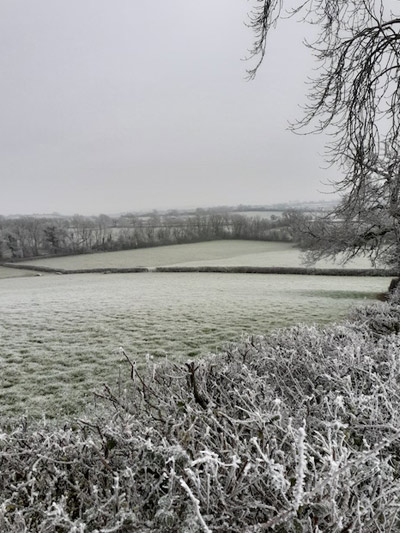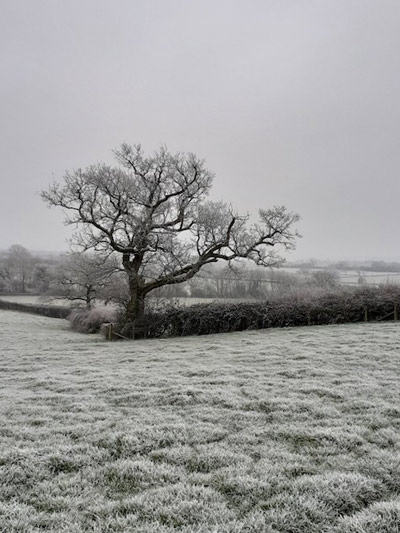Wildlife & Conservation
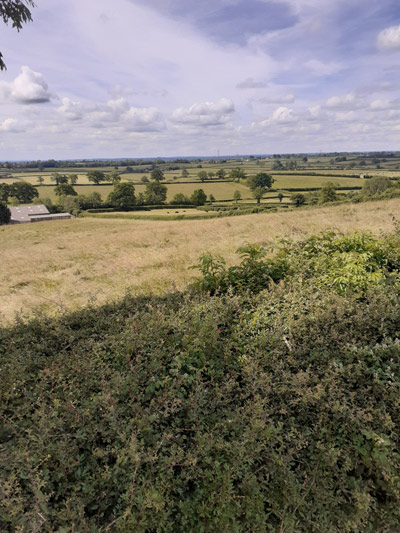
We have been for many years integrated into the Countryside Stewardship scheme, and have worked closely with the Wiltshire Wildlife Trust in order to bring back the wildlife to our fields.
We have planted woodland and hedgerow cover, and restored several ponds, which are now abundantly supplied with fish and insect life. One of our fields is set aside for wildflowers, and we have created wildlife corridors that link all parts of the farm and provide protection to ground-hugging animals.
Wildlife is the most important by-product of good farming practice, and the most frequent victim of agribusiness. We believe that it is one of the purposes of farming to maintain it in being. If the farmer don’t do it, who will?
Braydon Forest Farming Group - launched Autumn 2020
Long days on the farm, with spring accelerating in the vegetation, the ponds and among the birds, has encouraged us to take forward a new initiative for farmers in this area that we are calling ‘The Braydon Forest Grassland Stewardship Project’. This is inspired both by Roger’s ‘Green Philosophy’ calling for environmental change to start at a personal and national level and by Isabella Tree’s inspiring book ‘Wilding’ which tells the story of her family estate moving away from arable farming to grazing land and the benefits for flora and fauna. Both writers drew on the expertise of the ecologist Oliver Rackham and his seminal book The History of the Countryside (1986). One key message to take from Oliver Rackham is his definition of a forest as ‘open wood pasture’ rather than a ‘closed canopy woodland’. This definition is important at a time when the fashion is to plant trees to offset carbon. Grassland with ancient oak trees and hedgerows, such as is typical in the Braydon Forest has many environmental merits from supporting a wide range of species, many now endangered, to providing both a rainwater sink and a carbon sink. The aim of the Braydon Forest Grassland Stewardship project is to encourage farming practices that can help the environment, deliver public goods in terms of environmental gain and create educational and recreational opportunities. The first practical step is to start wildlife survey work on the pasture farms. This is being led by Jonny Cooper who carries out field work for the Wiltshire Wildlife Trust and his colleagues at the Biological Records Office in Swindon who have produced some excellent maps. Our immediate priority is to undertake some benchmark survey work. Last year the increasingly rare nesting sites of curlews was recorded, and this year, we are adding barn owls and marsh fritillary butterflies to survey. Our chance of seeing barn owls is still quite high, which makes the project exciting for all involved.
More details can be found on the Link2Nature website - click HERE.
A Frosty January Morning
Both of these frosty pictures feature hedgerows that are now mature habitats but which were planted by Roger and Sophie 20 years ago to reinstate hedges that used to divided fields. The former line of the hedge was picked up by planting between surviving oak trees.
